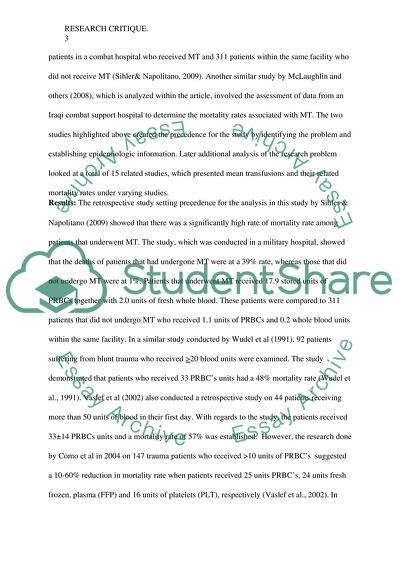Cite this document
(Massive Transfusion Essay Example | Topics and Well Written Essays - 1000 words, n.d.)
Massive Transfusion Essay Example | Topics and Well Written Essays - 1000 words. https://studentshare.org/medical-science/1790967-optimal-massive-transfusion-ratios
Massive Transfusion Essay Example | Topics and Well Written Essays - 1000 words. https://studentshare.org/medical-science/1790967-optimal-massive-transfusion-ratios
(Massive Transfusion Essay Example | Topics and Well Written Essays - 1000 Words)
Massive Transfusion Essay Example | Topics and Well Written Essays - 1000 Words. https://studentshare.org/medical-science/1790967-optimal-massive-transfusion-ratios.
Massive Transfusion Essay Example | Topics and Well Written Essays - 1000 Words. https://studentshare.org/medical-science/1790967-optimal-massive-transfusion-ratios.
“Massive Transfusion Essay Example | Topics and Well Written Essays - 1000 Words”. https://studentshare.org/medical-science/1790967-optimal-massive-transfusion-ratios.


